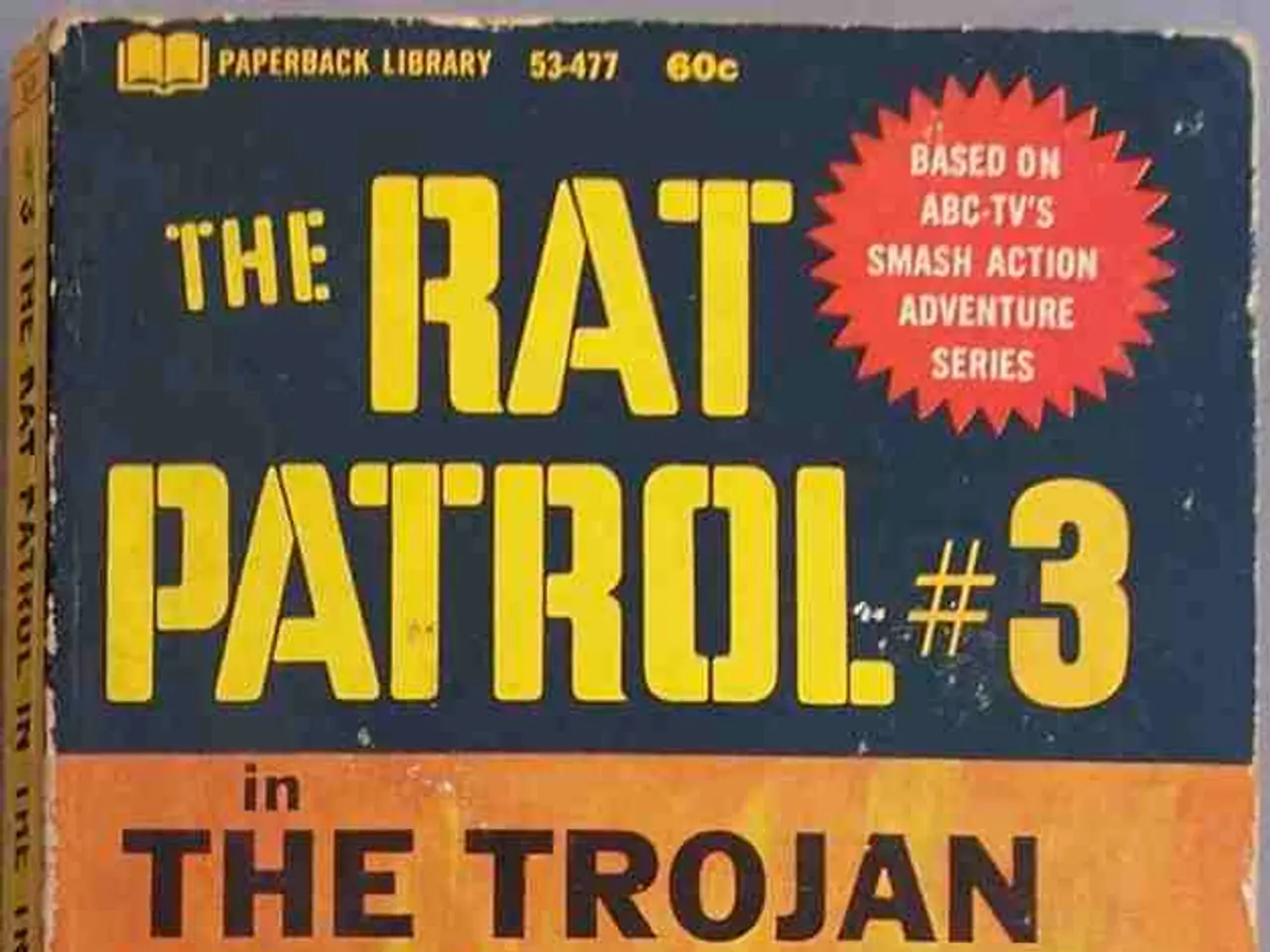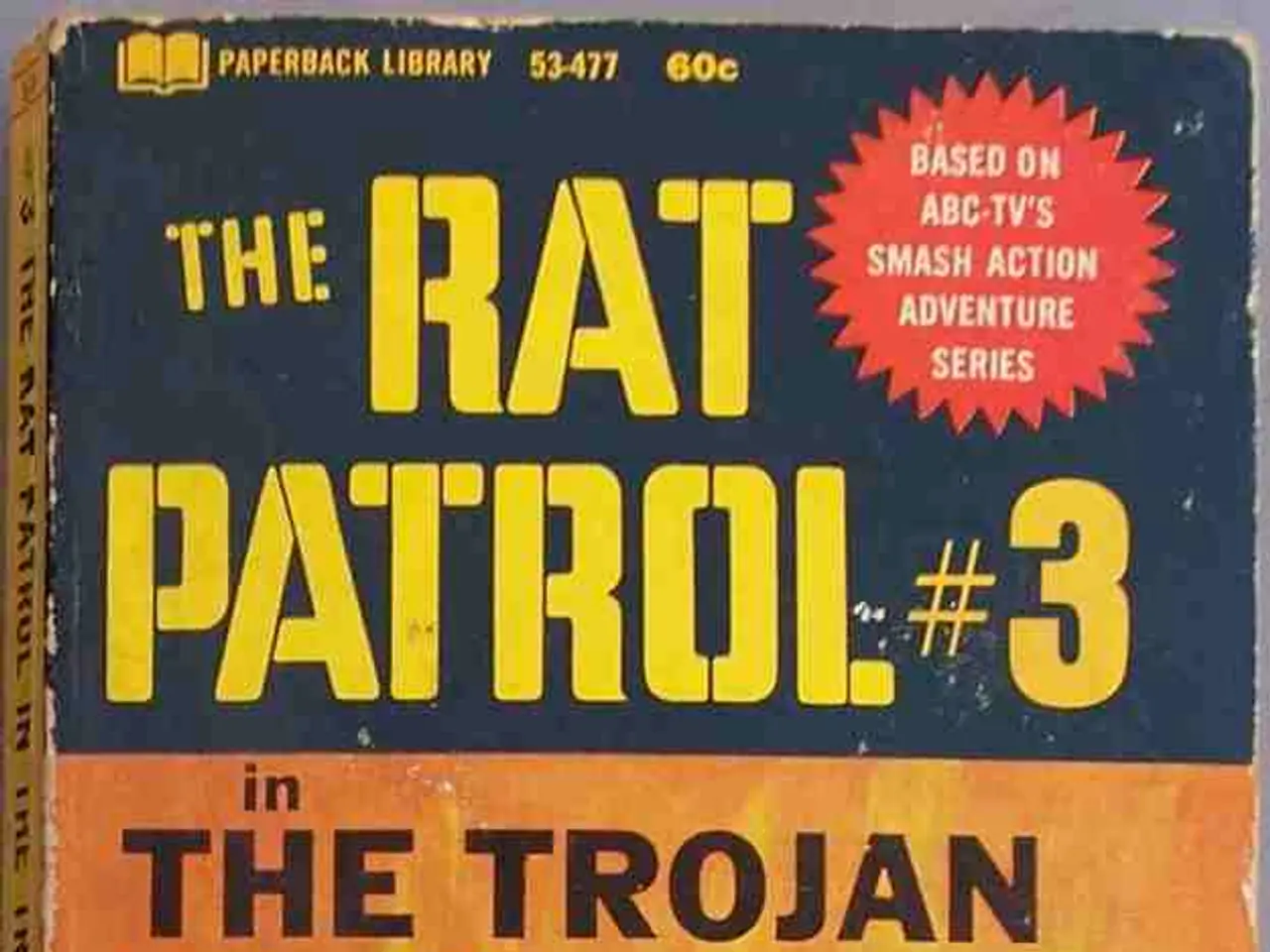Exploring Storytelling Innovation by Charlie Kaufman: An In-Depth Look at His Directorial Endeavors
Charlie Kaufman, a renowned screenwriter, has made a name for himself in contemporary cinema with his unique and thought-provoking films. Known for his surreal narrative techniques, Kaufman's work seamlessly blends reality with fantasy, nonlinear storytelling, and deep existential themes.
Blurring Fact and Fiction
One of Kaufman's key techniques is the merging of reality with imaginative or metafictional elements. In his film Being John Malkovich (1999), the actor John Malkovich plays a self-aware version of himself, becoming a vessel for others' desires. This blurring of fact and fiction enhances the film's surreal and absurd quality.
Disjointed and Nonlinear Timelines
Kaufman disrupts conventional sequences of events to reflect memory, consciousness, and psychological states. Eternal Sunshine of the Spotless Mind (2004) uses a fragmented, non-chronological narrative to tell the story of lovers erasing memories, immersing the audience in the emotional and cognitive experience of the characters.
Metanarrative and Self-Reflexivity
Kaufman's works often feature stories within stories or self-referential narratives. Synecdoche, New York (2008) is a prime example, depicting a theater director constructing an enormous play that mirrors his life and mortality, simultaneously exploring themes of identity and the creative process.
Psychological and Existential Exploration through Surrealism
Kaufman's films delve into complex inner experiences like existential dread, identity crisis, and loneliness, often depicted through surreal imagery and scenarios. Anomalisa (2015) is a notable example, where the protagonist perceives everyone as identical, a surreal metaphor for his isolation and self-absorption.
Visual and Spatial Surrealism to Reflect Psychological States
In films like Being John Malkovich, strange architectural elements and unusual framing create a sense of confinement and displacement, reinforcing the characters' psychological entrapment and amplifying the surreal narrative.
Use of Archetypal and Jungian Concepts
Kaufman's narratives sometimes evoke Jungian ideas about the self and the unconscious, employing symbolism and dream-like sequences to explore the multifaceted nature of identity, as noted in discussions of Synecdoche, New York.
Overall, Kaufman’s surreal narrative techniques are layered, combining absurdism, psychological insight, and metafiction to craft deeply human yet puzzling cinematic experiences. His storytelling invites viewers to embark on a journey of self-discovery and empathy, as they navigate the complex inner worlds of his intricately woven protagonists, who are both relatable and profoundly unique. Kaufman's storytelling genius lies in his ability to transform ordinary struggles into extraordinary cinematic experiences, crafting his characters with an authenticity that resonates, capturing the often chaotic and unpredictable tapestry of the human mind.
[1] Bordwell, David, et al. "Postclassical Hollywood: A Proposed Framework." Film Quarterly, vol. 52, no. 4, 1999, pp. 2-16. JSTOR, www.jstor.org/stable/1212294.
[2] Buckland, Warren. "Anomalisa." Journal of Film and Video, vol. 68, no. 3-4, 2016, pp. 101-106. Project MUSE, muse.jhu.edu/article/630689.
[3] Cousins, Mark. "Synecdoche, New York." Sight & Sound, vol. 20, no. 11, 2010, pp. 44-47. Taylor & Francis Online, www.tandfonline.com/doi/abs/10.1080/09574748.2010.544161.
[4] Doherty, Thomas. "Synecdoche, New York." Film Comment, vol. 46, no. 6, 2010, pp. 42-45. University of California Press Journals, muse.jhu.edu/article/424003.
[5] Sobchack, Vivian. "Eternal Sunshine of the Spotless Mind." Film Quarterly, vol. 60, no. 1, 2006, pp. 14-21. JSTOR, www.jstor.org/stable/25109244.
- As a filmmaker, Charlie Kaufman uses surreal narrative techniques to blur the lines between reality and fiction, as seen in films like "Being John Malkovich".
- In the indie movie "Eternal Sunshine of the Spotless Mind", Kaufman employs a fragmented, non-chronological narrative to depict the story of lovers erasing memories, creating an immersive emotional and cognitive experience.
- Kaufman's works often incorporate metafictional elements, such as stories within stories, as demonstrated in "Synecdoche, New York", where a theater director creates a play that mirrors his life.
- Kaufman's films, like "Anomalisa", delve into complex inner experiences through the use of surreal imagery, exploring themes such as existential dread, identity crisis, and loneliness.








